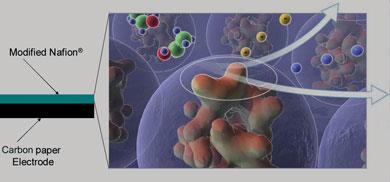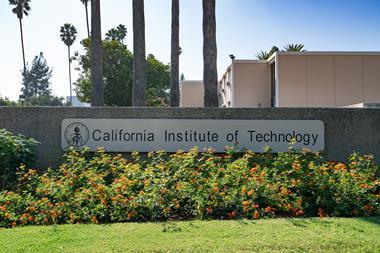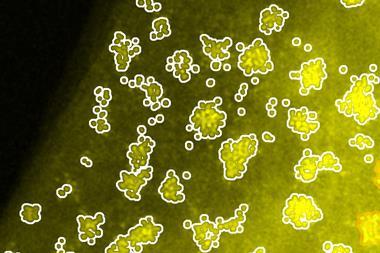Mobile phones could one day run on glycerol
Mobile phones could one day run on glycerol if recent developments in enzyme-based fuel cells continue apace.
Fuel cells - potential battery replacements - traditionally use oxidising platinum catalysts to generate a flow of electrons from molecules like hydrogen or methanol. But such catalysts are expensive and can produce toxic byproducts, such as formaldehyde.

Shelley Minteer of St Louis University, Missouri, presented an alternative at the spring ACS meeting: using bacterial enzymes to chew up the fuel via biochemical pathways, producing only carbon dioxide and water, or non-toxic metabolites like pyruvate. But these enzymes are also more fragile, and work in a much narrower temperature range.
Minteer’s group have developed membranes to immobilise enzymes in buffered solution - ’a kind of straitjacket’, as Minteer puts it - so they keep working for months or years. And the team proved that the fuel cells can run well on glycerol, a sugar alcohol that has high energy density, is non-volatile and non-toxic, and is also a byproduct of biodiesel formation. Past attempts to extract electricity from glycerol with fuel cells had produced disappointing results, because it combines poorly with traditional platinum catalysts.
Minteer instead uses alcohol and aldehyde dehydrogenase enzymes, extracted from the bacteria Gluconobacter. The enzymes are immobilised in the pores of a commercial ion exchange copolymer membrane, Nafion, already used in fuel cells. The membrane had to be modified with quaternary ammonium bromide groups to expand its pores and make the environment more hydrophobic and enzyme friendly.
Minteer’s student Rob Arechederra says he’s achieved early maximum power outputs of around 70mW per square centimetre of membrane, enough in principle to run a small mobile phone. The team has licensed the technology to a small St Louis startup company, and are now trying to improve the enzymes’ performance.
Richard van Noorden






No comments yet